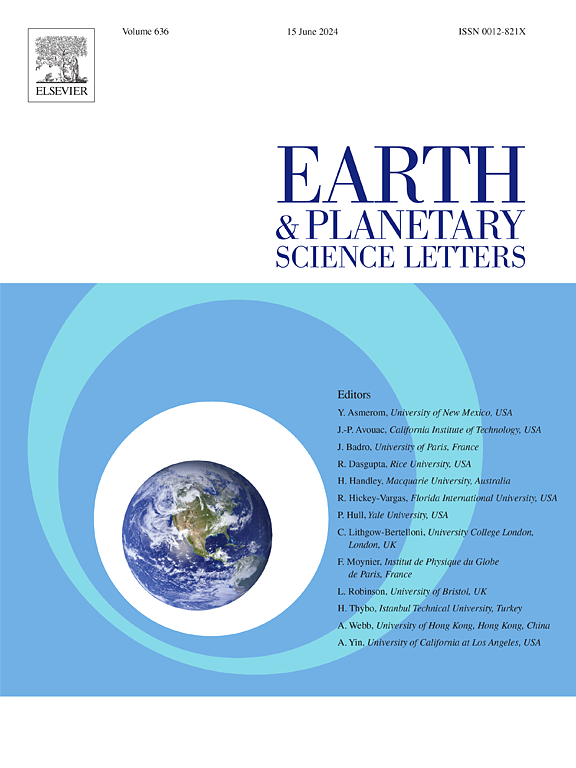Climate's role in governing landscape evolution has been intensely studied for several decades, but few studies clearly document climate-landscape interactions in natural landscapes. This study aims to improve understanding of climate-landscape linkages using hotspot volcanic islands in the tropics as natural laboratories. Relatively uniform lithology, strong precipitation and climate gradients, and known initial topographic conditions on Réunion and Mauritius islands (Réunion hotspot) and Kaua'i (Hawaii hotspot) enable us to explore the impact of climate on erosion rates and geomorphic process. We reconstruct paleo-topography of drainage basins based on preserved remnants of relict topography from past volcanic events that repaved the landscapes that are differenced from the modern-day topography to determine eroded volumes. Existing geochronology of the volcanic flows allows us to constrain the timing of repaving (a proxy for the initiation of erosion) and basin average erosion rates. The initial and final conditions and the duration of erosion are used to calibrate a simple stream power model for bedrock river incision for each basin using a Bayesian inversion. We compare the erosion rate and calibrated stream power parameters to precipitation and climate data for each drainage basin on each island to explore potential relationships. Results show that basin average erosion rates for basins eroding < ∼1 mm/yr show a positive relationship with mean annual precipitation (MAP) and a negative relationship with the duration of erosion. Importantly, MAP and erosion duration are correlated, so we infer that the negative correlation between erosion rate and duration is coincidental. The stream power slope exponent and erodibility coefficient only exhibit significant correlations with climate parameters for Réunion Island, particularly mean annual cyclonic precipitation. Our results demonstrate that both mean annual precipitation and extreme events control long-term landscape evolution on volcanic islands.


